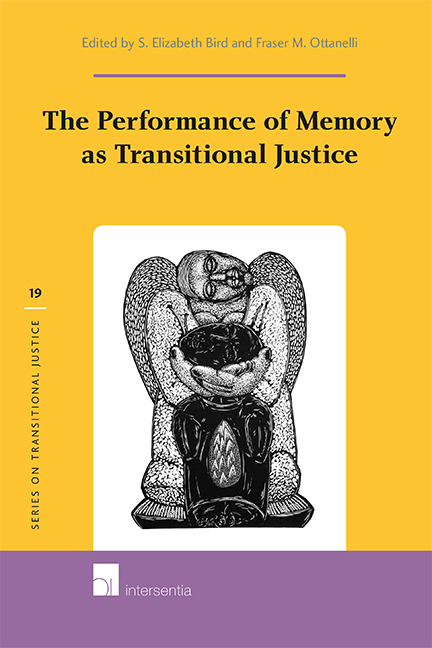Chapter 3 - The Politics of Reparations and Apologies: Historical and Symbolic Justice within the Rwandan Context
Published online by Cambridge University Press: 16 December 2020
Summary
The increasing trend of reparation politics since World War II has brought forth an expectation within international and domestic societies that states will redress the wrongs inflicted upon the victimised groups. This expectation of justice can fall into five broad categories: criminal, reparatory, legislative, historical and symbolic. For the sake of simplifying terminology, I will refer to each of these transitional justice aspects as differing forms of redress, with providing justice to the victims being the overarching goal of these acts. This does not mean however, that an act of redress can only fall into one category, but in fact, often has multiple meanings to those who were victimised.
The first category, criminal redress, is typified by the kind of justice it imposes. This is the component of transitional justice that seeks to utilise the legal system through various judicial elements such as the International Criminal Tribunal for Rwanda, the Rwandan national court systems, and the gacaca trials. The focus of criminal redress is the reassertion of legal principles that were suspended during mass atrocities and reasserting the rule of law. These actions thus denounce the atrocities committed during the genocide, despite the fact that it was the state which originally sponsored and encouraged these actions.
The second category, reparatory redress, is what Ruti Teitel refers to as the leading response in the contemporary wave of political transformation. This includes reparation programs created by the state, restitution of items seized, compensation for items which can be returned, and rehabilitation of those victimised. The focus of reparatory redress is on trying to ‘repair’ as much of the damage as possible and can range from addressing immediate needs of survivors, for example returning stolen property to individuals and families, to more long-term symbolic actions such as the United States Civil Liberties Act of 1988 which issued an apology and $20,000 in reparations for Japanese Americans who had been interned during World War II.
The third category, legislative redress, is those actions that are codified within law, political measures, or the constitution in order to restore rights to those who had been victimised or to prevent these types of actions from re-occurring.
- Type
- Chapter
- Information
- The Performance of Memory as Transitional Justice , pp. 43 - 58Publisher: IntersentiaPrint publication year: 2014
- 2
- Cited by



